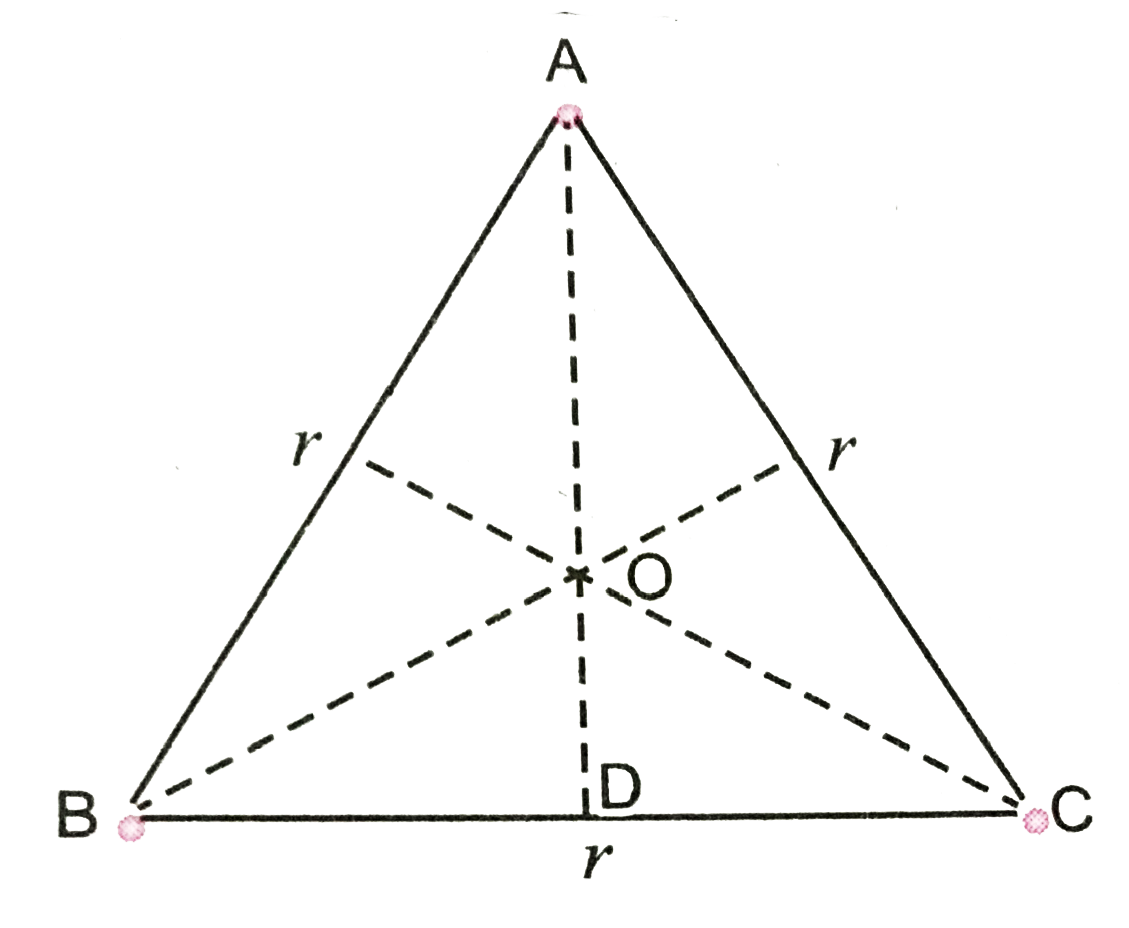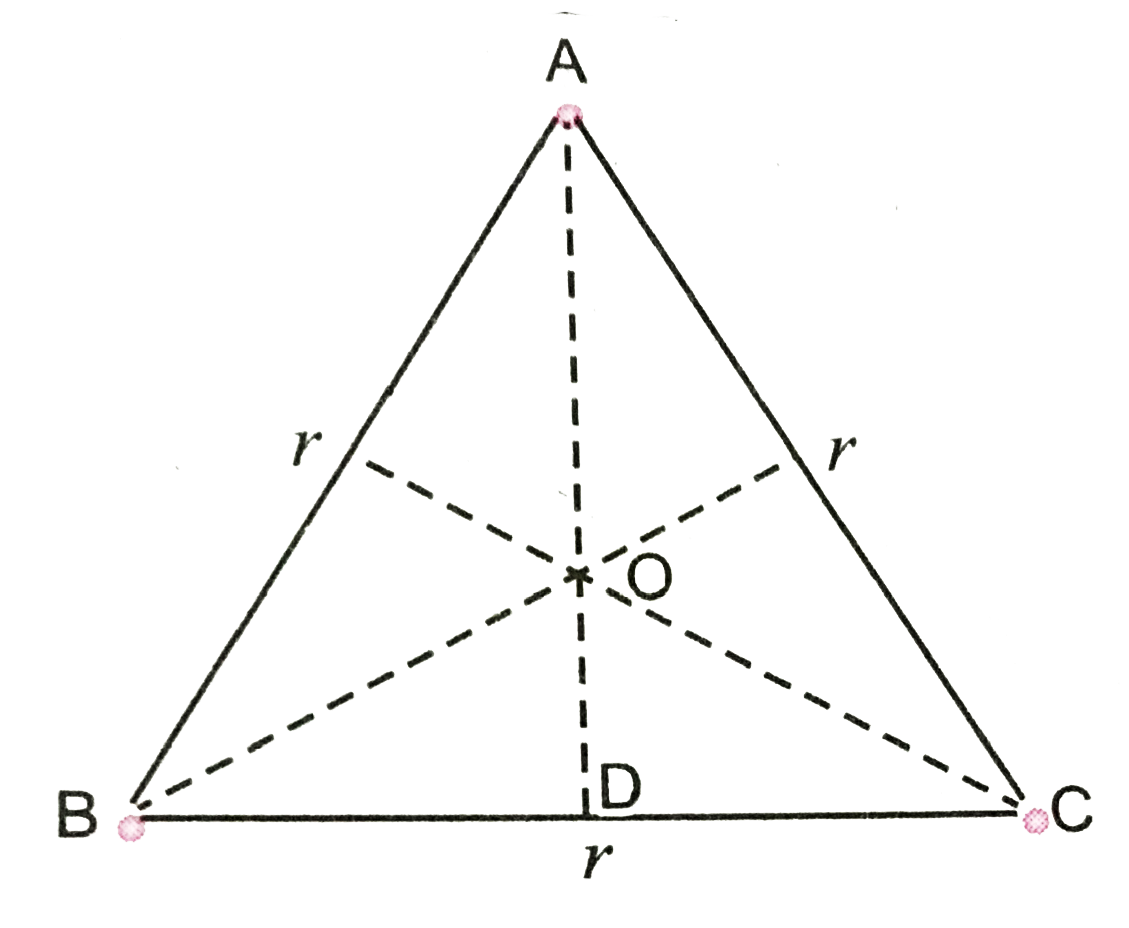Gravitational mass is proportional to gravitational
Field
Force
Intensity
All of these
The correct Answer is:D
To solve the question regarding the relationship between gravitational mass and gravitational force, we can follow these steps:
1. Understanding Gravitational Mass:
Gravitational mass is a measure of how much gravitational force a body experiences in a gravitational field. It is a property of matter that determines the strength of the gravitational interaction.
Hint: Gravitational mass is related to how much force a body feels in a gravitational field.
2. Gravitational Force:
The gravitational force (F) acting on an object in a gravitational field (G) is given by the equation:
F=m⋅G
where m is the gravitational mass of the object and G is the strength of the gravitational field.
Hint: Remember the formula that relates force, mass, and gravitational field strength.
3. Proportionality:
From the equation F=m⋅G, we can see that if the gravitational field strength (G) increases, the gravitational force (F) also increases, assuming the mass (m) remains constant. This indicates that gravitational mass is proportional to the gravitational force when the field strength is constant.
Hint: Look for how changes in one quantity affect another in the equation.
4. Conclusion:
Therefore, we conclude that gravitational mass is proportional to the gravitational force experienced by the body in a gravitational field. The relationship can be summarized as:
m∝F(when G is constant)
Hint: Think about how mass, force, and field strength are interconnected.
Final Statement:
Thus, gravitational mass is proportional to the gravitational force acting on the body when in a gravitational field.
Gravitational mass is a measure of how much gravitational force a body experiences in a gravitational field. It is a property of matter that determines the strength of the gravitational interaction.
The gravitational force (F) acting on an object in a gravitational field (G) is given by the equation:
F=m⋅G
where m is the gravitational mass of the object and G is the strength of the gravitational field.
From the equation F=m⋅G, we can see that if the gravitational field strength (G) increases, the gravitational force (F) also increases, assuming the mass (m) remains constant. This indicates that gravitational mass is proportional to the gravitational force when the field strength is constant.
Therefore, we conclude that gravitational mass is proportional to the gravitational force experienced by the body in a gravitational field. The relationship can be summarized as:
m∝F(when G is constant)
Thus, gravitational mass is proportional to the gravitational force acting on the body when in a gravitational field.
Topper's Solved these Questions
- GRAVITATIONBOOK - ERRORLESS CHAPTER - GRAVITATIONEXERCISE - Acceleration Due to Gravity
87 Videos
- GRAVITATIONBOOK - ERRORLESS CHAPTER - GRAVITATIONEXERCISE - Gravitation Potential, Energy and Escape Velocity
70 Videos
- FRICTIONBOOK - ERRORLESS CHAPTER - FRICTIONEXERCISE - MCQ S
125 Videos
- MOTION IN ONE DIMENSIONBOOK - ERRORLESS CHAPTER - MOTION IN ONE DIMENSIONEXERCISE - Motion In One Dimension
24 Videos
Similar Questions
Knowledge Check
If M is the mass of the earth and R its radius, the radio of the gravitational acceleration and the gravitational constant is
AR2MBMR2CMR2DMRIf M is the mass of the earth and R its radius, then ratio of the gravitational acceleration and the gravitational constant is
AR2MBMR2CMR2DMRAssertion : Gravitational potential and gravitational potentail energy, both are related to the work done by gravitational force in the gravitational field
Reason : Gravitational field strength is related to the gravitaional force in gravitational field.AIf both Assertin and Reason are correct and Reason is the correct explanation of AssertionBIf both Assertion and Reason are correct but Reason is not the correct explanation of AssertionCIf Assertion is true but Reason is falseDIf Assertion is false but Reason is true
There are three identical point mass bodies each of mass m locted at the vertices of an equilateral triangle with side r. They are experting gravitational force of attraction on each other, which can be given by Newton's law of gravitaiton. Each mass body produces its gravitational field in the surrounding region. the magnitude of gravitational field at a point due to a point mass body is the measure of gravitaitonal intensity at that point. The gravitational potential at a point in a gravitational field is the amount of workdone in bringing a unit mass body infinity to the given point without acceleration.

Answer the following questions :
Magnitude of gravitational field at the mid point D of arm BC of triangle ABC is
View SolutionThere are three identical point mass bodies each of mass m locted at the vertices of an equilateral triangle with side r. They are experting gravitational force of attraction on each other, which can be given by Newton's law of gravitaiton. Each mass body produces its gravitational field in the surrounding region. the magnitude of gravitational field at a point due to a point mass body is the measure of gravitaitonal intensity at that point. The gravitational potential at a point in a gravitational field is the amount of workdone in bringing a unit mass body infinity to the given point without acceleration.

Answer the following questions :
The magnitude of the gravitational force on one body due to other two bodies is
View SolutionSuppose the force of gravitation is inversely proportional to the cube of the radius of circular orbit in which satellite is revolving then its time period is proportional to
View SolutionTwo particles of masses 'm' and '9m' are separated by a distance 'r'. At a point on the line joining them the gravitational field is zero. The gravitational potential at that point is (G = Universal constant of gravitation)
View SolutionIn a gravitational field, at a point where the gravitational potential is zero
View Solution
